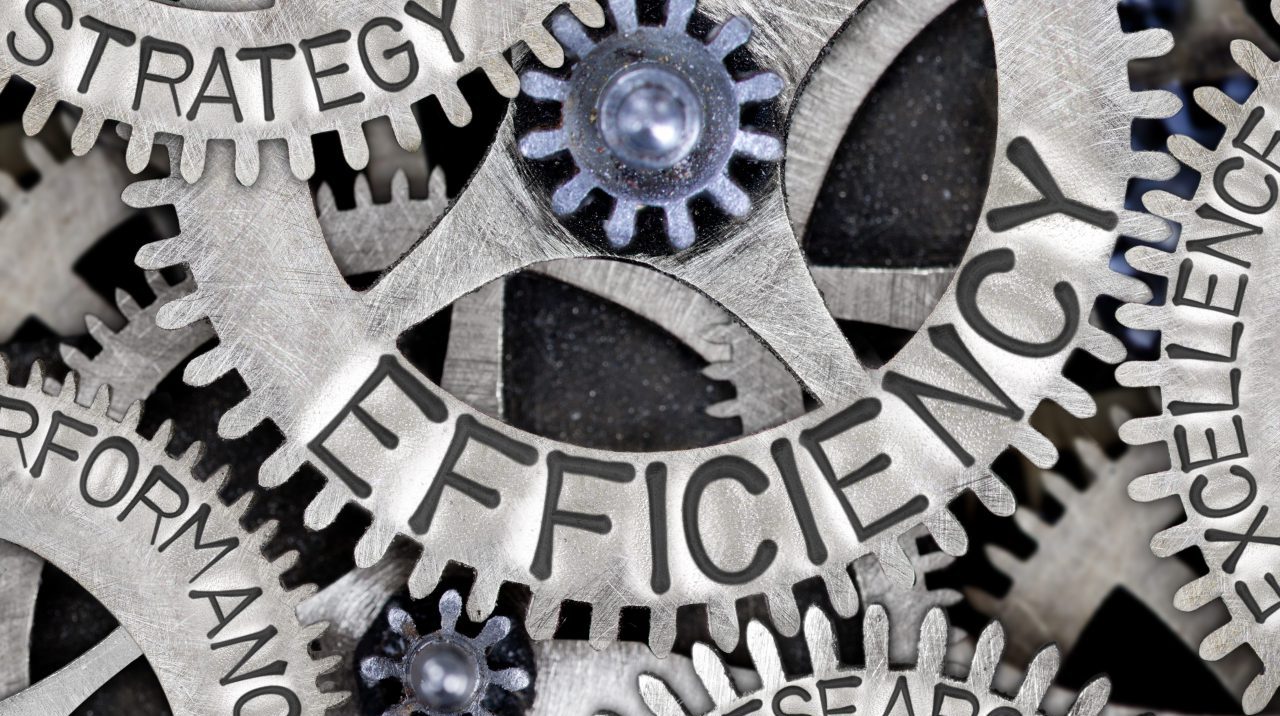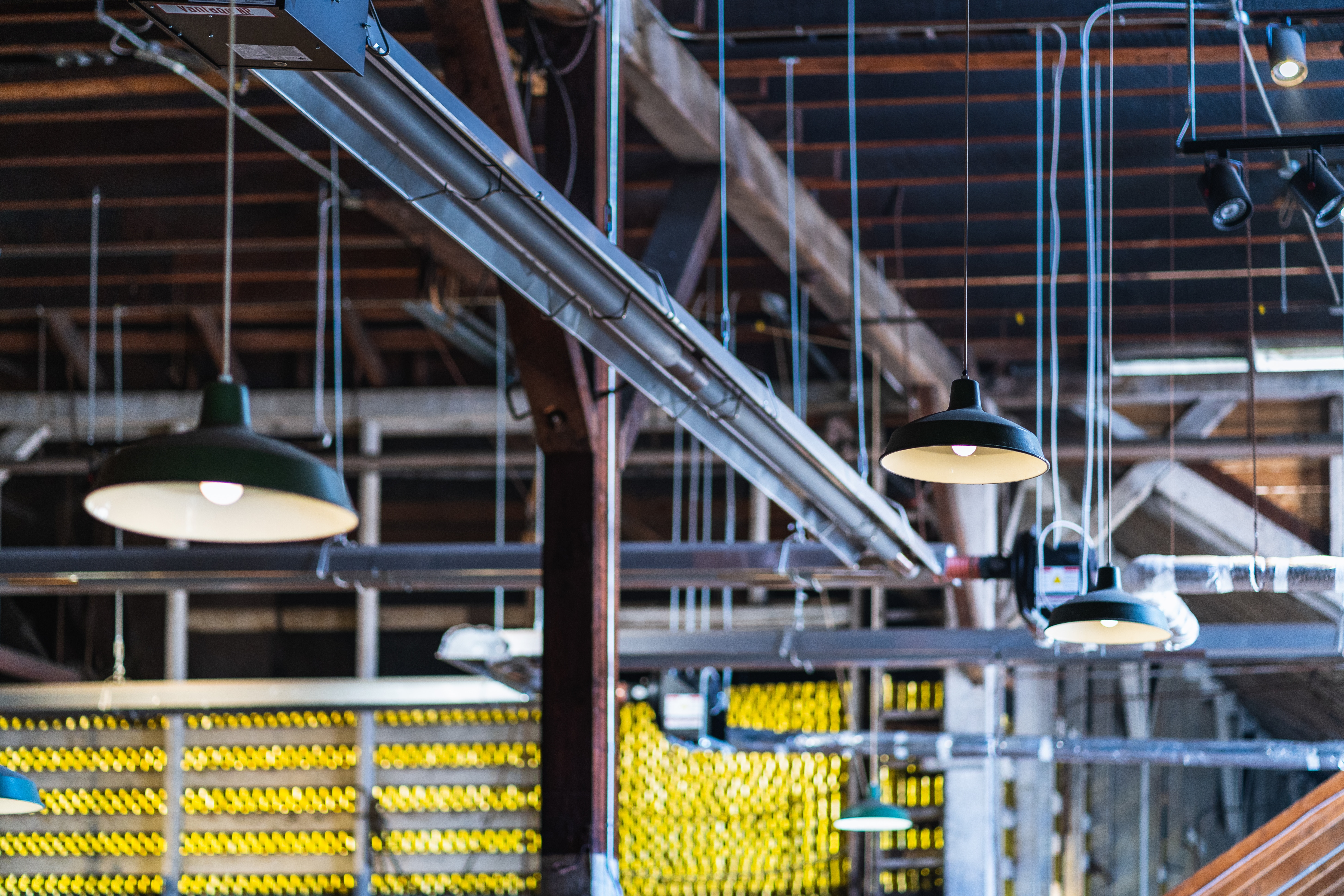

Efficiency can be described in many ways: “The ratio of the useful work performed by a machine or in a process to the total energy expended”, “The state or quality of being efficient” and “The good use of time and energy in a way that does not waste any” are just a few definitions that a quick Google search generates.
DATS Design and Engineering Services works with organisations daily to design and draw up plans that will make their processes more efficient, and more specifically manufacturing businesses that are redesigning their plant, control rooms or production lines.
We’ve brought together our knowledge of the sector to share with you some of our top tips for streamlining your manufacturing business for increasing operational efficiency.

1 Standardisation
This doesn’t only apply to the shop floor of a manufacturing facility but should be a consideration in every department and in every organisation. Standardising processes ensures that tasks are carried out in the same way each and every time they’re completed, meaning you can ensure quality, or identify any flaws in your process. Standardisation of a process means you can easily report on your output for continuous improvement, whilst developing your employees in a specific skill and ensuring a consistent customer experience – even just standardising the way your staff answer the phone can do wonders for your brand.
2 Get organised
Although this may seem obvious, good organisation is sometimes overlooked, yet is key in ensuring an efficient workplace. It’s especially important in a manufacturing environment and on production lines. Does every component to your process have a dedicated space? That includes tools, manuals, supplies and equipment. Can everything be easily found by all those individuals involved in your process? Do you have rubbish, empty boxes, or other waste materials hanging around? Carry out a quick audit of your workspace to define whether some simple adjustments to the way things are organised could improve your process efficiency.
3 Redesign your workspace
Anyone in manufacturing will have witnessed a staggering rate of change, largely due to technological advancements. To remain competitive, manufacturers simply can’t afford to stand
still so you shouldn’t be afraid to regularly review, and if necessary, redesign your workspace. Although the thought of moving plant and machinery may be daunting, it could be key in increasing your efficiency and shouldn’t be disregarded. Redesigns can be completed in a virtual environment to identify problems and clashes before a project is carried out, making the whole process much more manageable and reducing risk.
4 Reduce waste
Waste reduction is an effective way to save time and money. In manufacturing environments, millions of pounds worth of materials are scrapped each year, but could you be reducing the amount of waste you produce and in turn, saving yourself money? Evaluate how much waste you’re producing and decide whether procedures to cut down on that waste can be implemented. Set targets to lower your waste output and measure your progress. Reviewing your production line in terms of standardisation, organisation and a possible redesign (as included above) are all considerations that will also lead to waste reduction.
5 Involve all colleagues
With all of the above tips, be sure to involve your colleagues. Those working on a production line daily, for instance, will likely have great suggestions for enhancing efficiency – after all they have hands-on experience of what works well…and what doesn’t. Make sure you have procedures in pace for gaining employee feedback and provide them with forums for voicing any concerns or suggestions. Not only will this do wonders for your efficiency, but it will improve relationships with staff, encourage motivation and in turn, increase productivity.
Are you thinking of giving your manufacturing workspace an overhaul? Take a look at some of previous work to understand how our CAD Design and Engineering services could help with your project to improve your workplace efficiency. View our case studies here.
2019 Round-up
As we near the end of what’s been a particularly memorable year for DATS, it’s the perfect time to look back on some of our highlights. It’s been a jam-packed 2019, making the months fly by. Here are some of our best bits…New CAD Services Website January was the...
Design for Manufacturing
One of our most recent features explored 3D printing and the benefits it’s bringing to the ever-changing world of manufacturing. It reduces both time and cost in the production and assembly of parts, refining processes and increasing efficiency. But even before we get...
IR35 FAQs
With changes in IR35 legislation due to come into effect next April, a range of questions are understandably being posed. Both clients and contractors are eager to know how IR35 will directly impact them. Below, we've included some of the most frequently asked...




